China's manned submersible Shenhai Yongshi (Deep-sea Warrior) placed underwater permanent survey markers at the core areas of two Ming Dynasty-era sunken ships in the South China Sea after conducting preliminary search and image recordings on Saturday, opening a new chapter in China's deep-sea archaeology.
An underwater archaeological investigation formally kicked off on Saturday for the two ships discovered last October in the South China Sea, said China's National Cultural Heritage Administration on Sunday.
The two ships were discovered in October 2022 in the South China Sea at a depth of about 1,500 meters. One site is mainly composed of about 100,000 porcelain relics. Based on a preliminary survey, the ship may have sunk during the Emperor Zhengde period (1506-21) of the Ming Dynasty.
The other site has a large number of timber logs, and the ship is believed to have been carrying overseas cargoes to China, dating back to the Emperor Hongzhi period (1488-1505) of the Ming Dynasty.
Archaeologists said the systematic archaeological investigation will last for about a year in three phases.
The first phase began on Saturday and will last until early June. Manned submersibles will be released to determine the distribution range of the sites for multi-angle and comprehensive data collection and archaeological recording, and to extract specimens of representative cultural relics and samples of the seabed sediment.
The second and third phases are planned to be implemented from August to September in 2023 and from March to April in 2024. After the archaeological surveys, the next step will be proposed on the basis of the sunken ships' status and technical conditions.
The investigation of the two shipwrecks will provide evidence of ancient Chinese people's activity in the South China Sea, making breakthroughs in the study of Chinese maritime history, ceramic history, overseas trade history and the Maritime Silk Road.








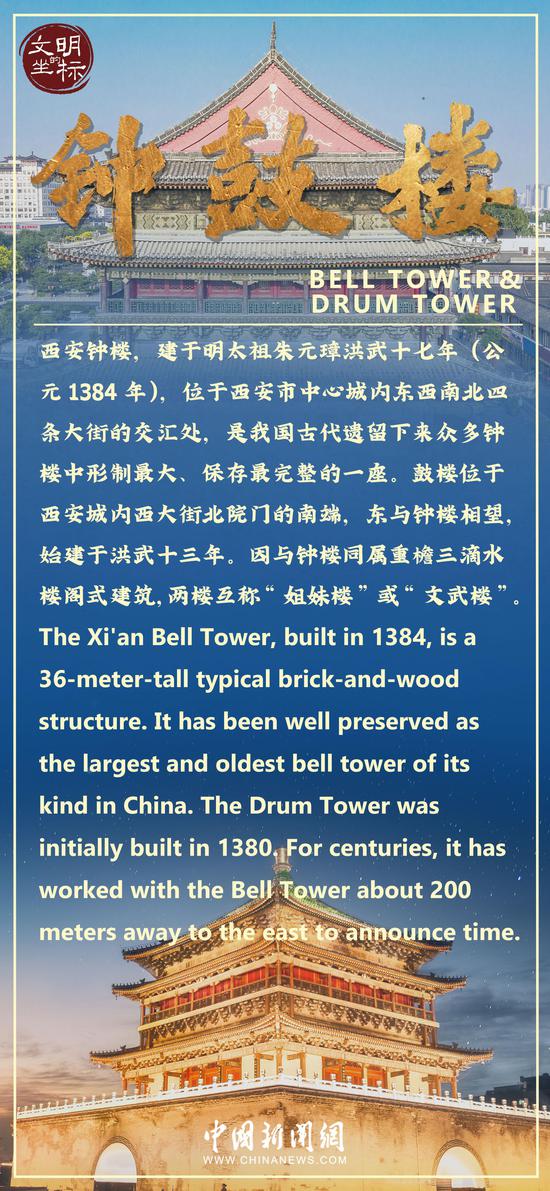




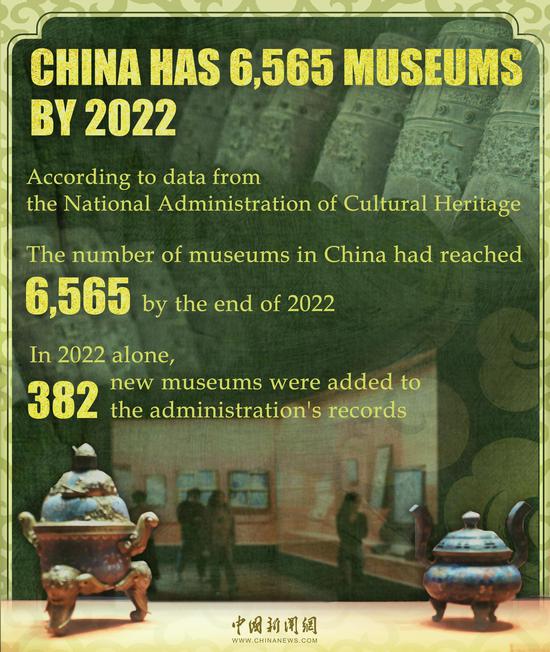
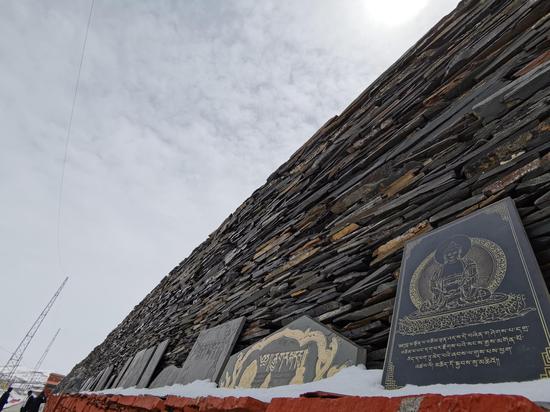


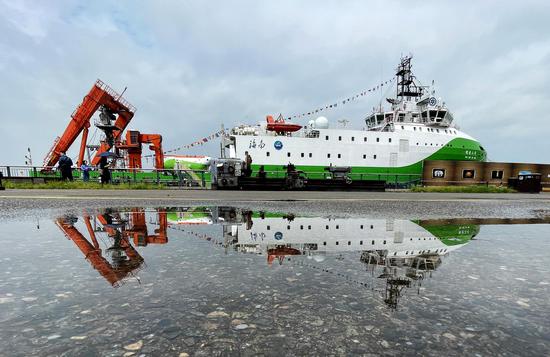

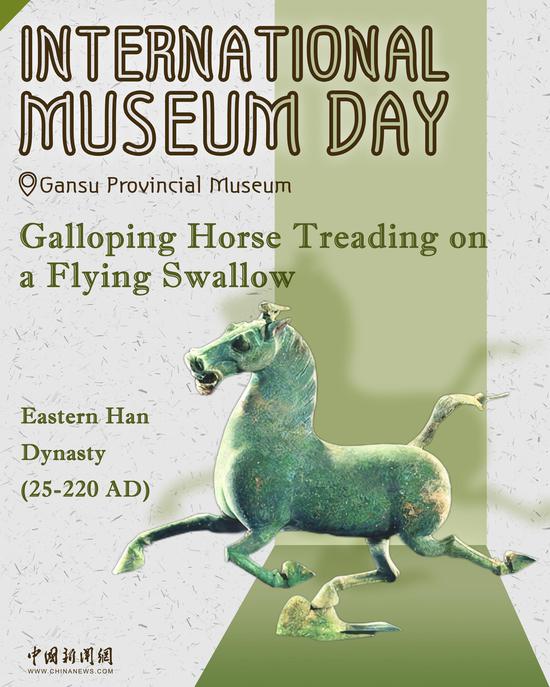



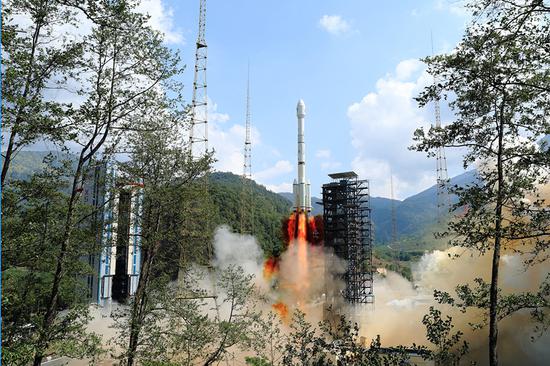


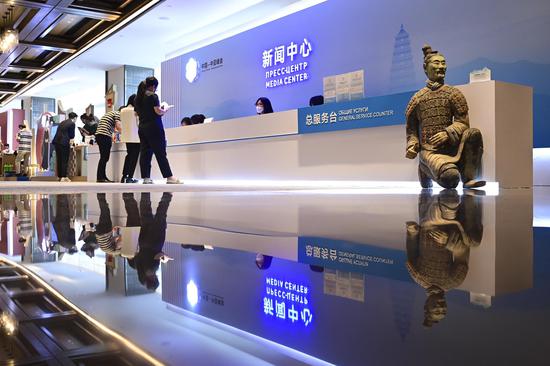

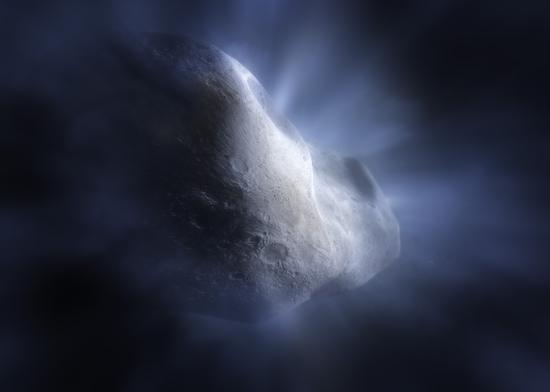




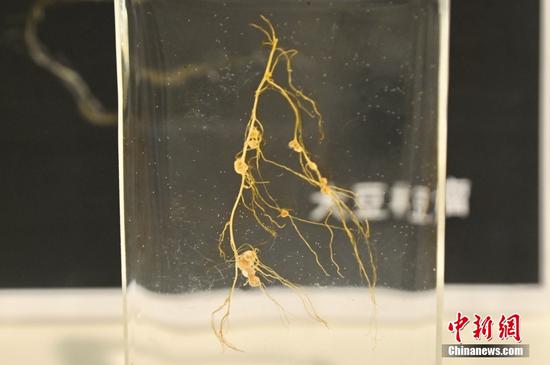
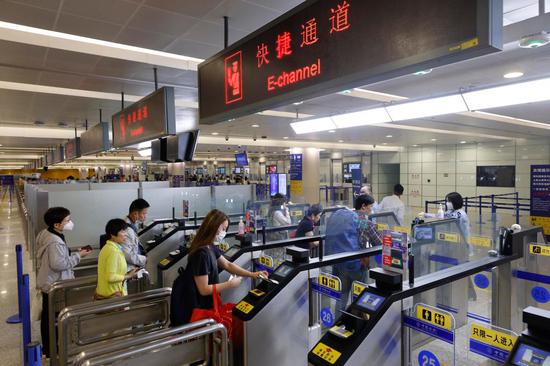

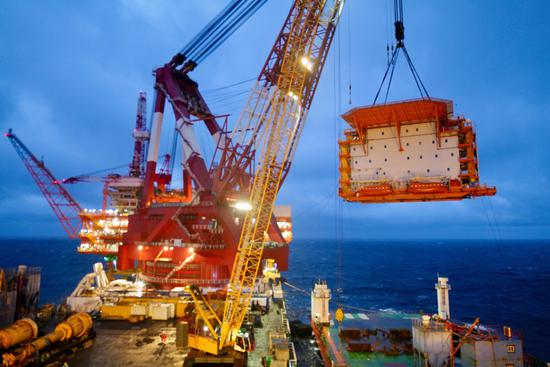









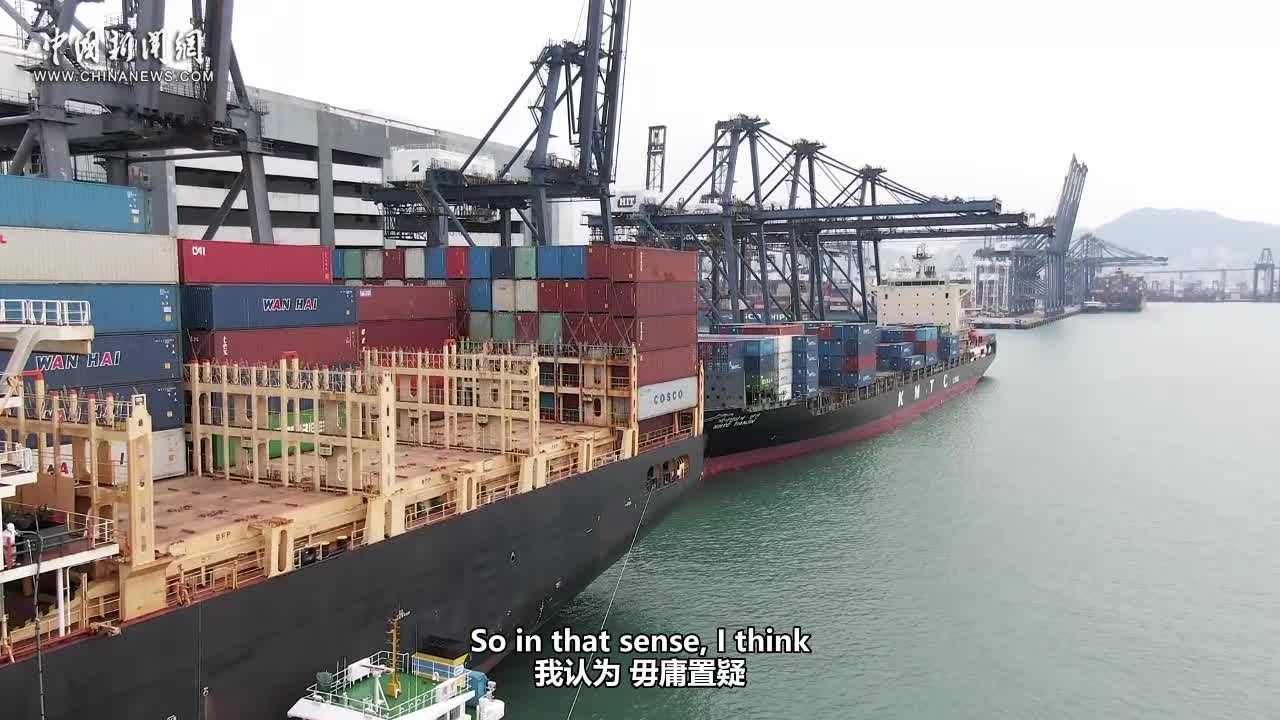



 京公网安备 11010202009201号
京公网安备 11010202009201号